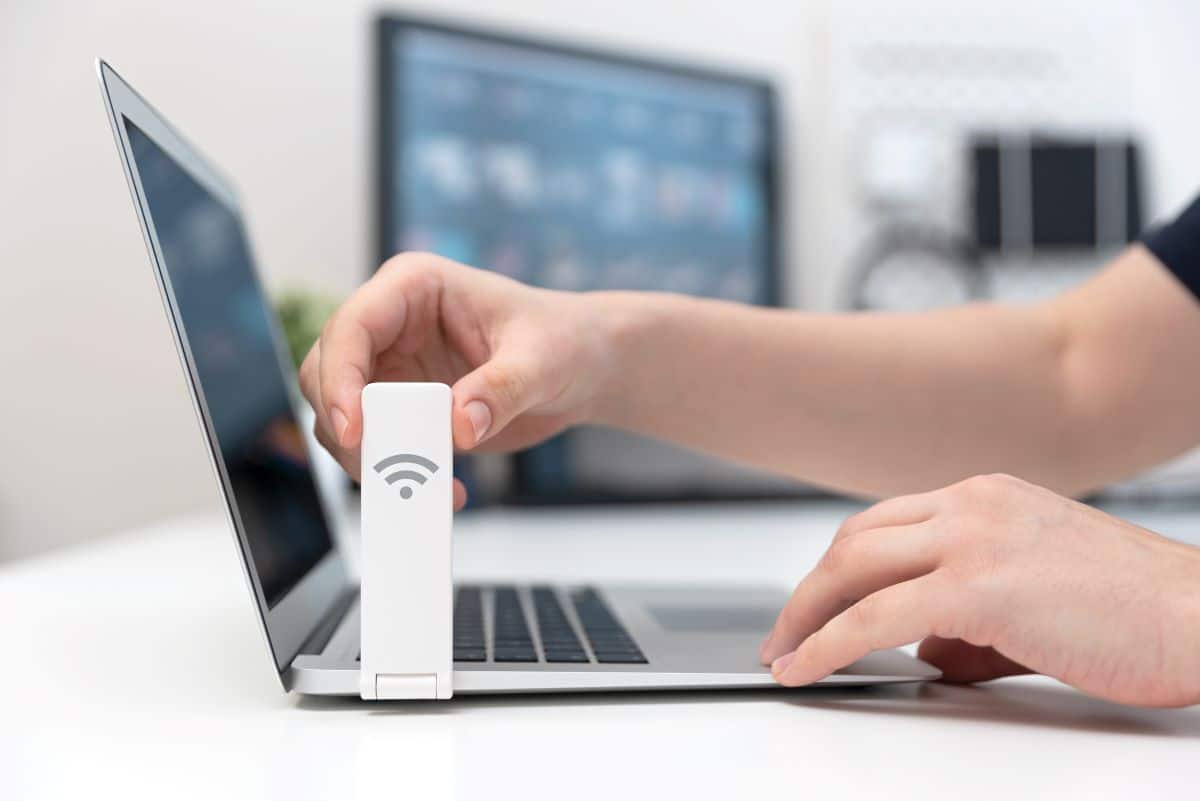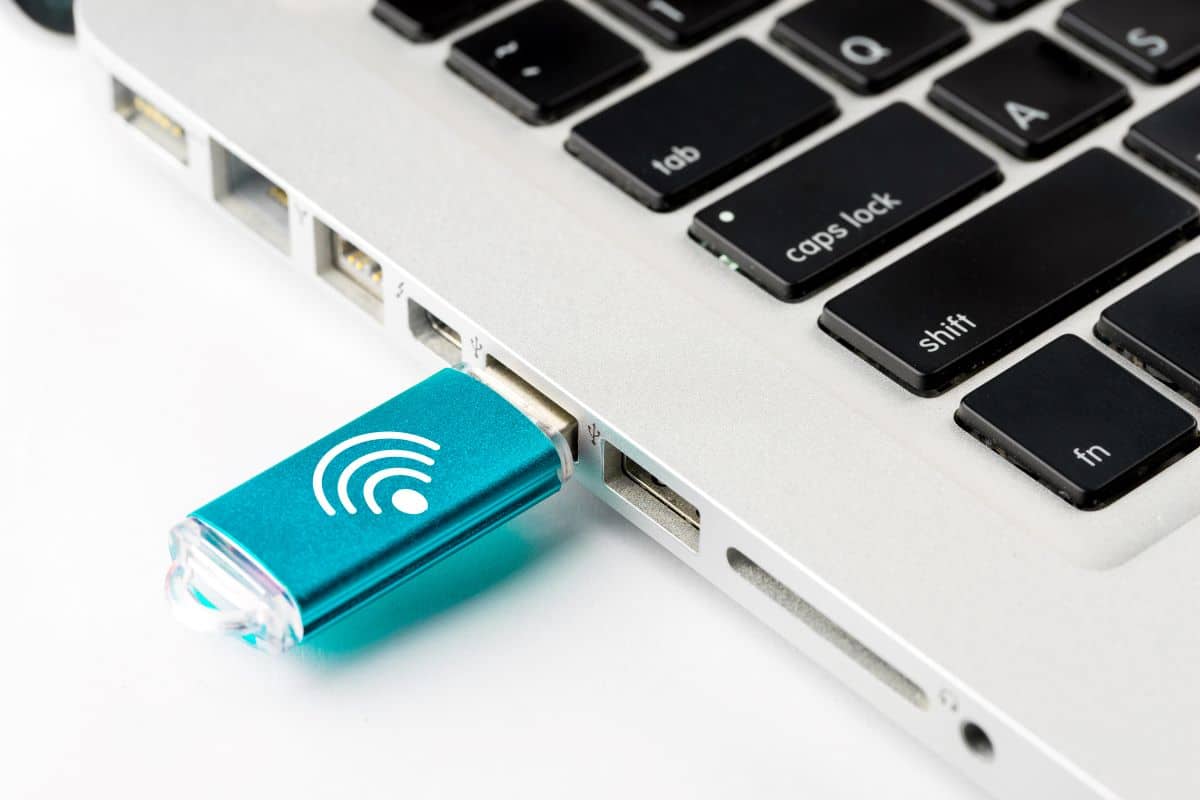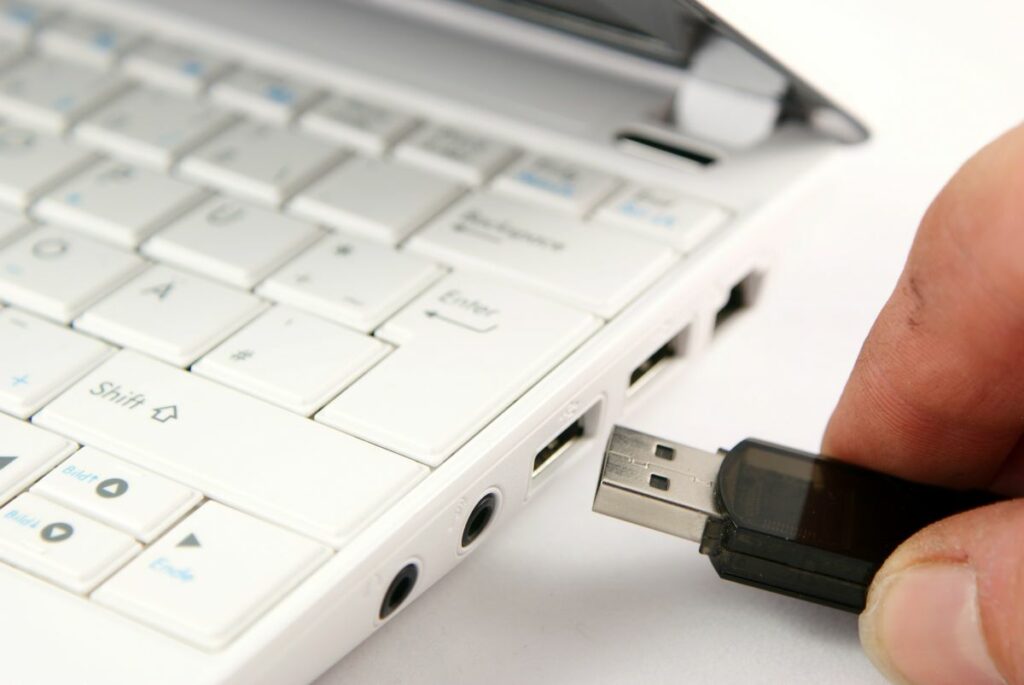the essentials in brief
The best WLAN stick depends on the individual requirements. Find out more about the different options here...
With a WLAN stick, you should pay attention to the transmission speed, compatibility and security functions.
The choice between WiFi stick and antenna depends on specific needs and network environment. Learn more…
WLAN sticks are on the rise. In the digital age, a fast and reliable internet connection is essential. A WLAN stick can significantly improve the quality of the Internet connection. But which WLAN sticks are the best on the market? Let's find out.
Contents
Basic properties of a WLAN stick

A WLAN stick is a small device that gives your computer or laptop a wireless connection to the Internet. The most important features to look out for when choosing a WiFi stick are as follows:
- Speed: The speed of the WLAN stick is crucial for smooth Internet use. Sticks that support the latest standards such as WiFi 6 offer higher speeds.
- Reach: A stick with a long range is advantageous when you are further away from the router.
- Compatibility: The WLAN stick should be compatible with your computer's operating system.
- Price: You should choose a device with a good price-performance ratio.
The best WiFi sticks
In today's digital world, access to a fast and reliable internet connection is of paramount importance. One of the most effective ways to improve your connection is to use a WiFi stick. But what are the best WiFi sticks on the market?
One of the favorites is a high speed wifi stick, known for its excellent speeds and impressive range. Compatible with most operating systems, it is an excellent choice for most users.
However, there are also inexpensive optionsthat are more powerful. Despite the low price, such models offer a reliable Performance and good speeds, making them an excellent choice for those who are on a budget.
Installation and setup of a WLAN stick
Installing and configuring a WiFi stick is a relatively simple process that will get you online in no time. Put the WLAN stick first into a free USBConnection your computer or laptop. Your operating system should now automatically install the necessary drivers. If this is not the case, you can download and install the drivers manually from the manufacturer's website.
When you have completed this step, you can log in to the Network settings of your operating system connect to the WiFi network. Make sure you select the correct network and enter the correct password.
After a successful connection, you should be able to use the Internet without any problems. If you experience problems, consider switching USB ports or reinstalling drivers. With a little patience and the right steps, your WiFi stick should be up and running in no time.
Common problems and solutions

Although WLAN sticks usually work reliably, problems can occasionally occur. Here are some common problems and their solutions:
Problem: WLAN stick is not recognized
Solution: Check whether the WLAN stick is correct affiliated is. If the problem persists, try connecting the stick to a different one USB port to connect. If that doesn't help, you may need to update or reinstall the drivers.
Problem: The connection is unstable or slow.
This can be done on a bad signal quality indicate.
Tip: Try changing the location of the router or computer to see if the signal quality improves. Another option is to update the router's firmware.
Tips to improve WiFi performance
Improving WiFi performance can make a big difference in everyday internet use. When surfing, streaming or video conferencing, a strong and stable connection is essential. Here are some tips on how to get the most out of your WiFi:
- Set up your router correctly: The location of your router can have a big impact on the quality of your WiFi signal. the strongest Signal you get when you place your router in the middle of your home or office. Obstacles such as walls and furniture can block the signal, so a clear, open location is ideal. Avoid proximity to other electronic devices as they can cause interference.
- Update your router's firmware: Software updates are not only important for computers and smartphones. Your router also needs regular updates to function optimally. Manufacturers provide these updates to fix security vulnerabilities and improve performance. Therefore, it is important that you update your router's firmware regularly.
- change the wifiChannel: If you live in a densely populated area, your WiFi signal may be disturbed by signals from your neighbors. In this case, switching to a less congested channel can improve your WiFi performance.
- Use a WiFi repeater: A WiFi repeater can increase the range of your WiFi signal and ensure that the signal reaches distant parts of the home or office. A repeater receives the signal from your router and rebroadcasts it, increasing the range of the signal.
Note: Nothing slows down Internet speeds like an unsecured network used by others. Therefore, make sure that your WiFi is protected with a strong password and that you are using the latest security standards.
With these tips and a little effort, you can greatly improve your WiFi performance and enjoy a smoother, faster internet experience.
The future of WiFi technology

Technology is constantly evolving, and so is WiFi technology. The latest developments such as WiFi 6 and WiFi 6E offer higher speeds, longer range and better performance on busy networks. Future WiFi stick models will likely support these technologies and offer even more features and improvements.
WiFi 6 and WiFi 6E
Wi-Fi 6, also known as 802.11ax, offers many improvements over previous standards. These include one four times faster speed, more capacity for more devices and better performance on busy networks.
Wi-Fi 6E adds that to Wi-Fi 6 6 GHzBand, which offers additional channels and more bandwidth for even higher speeds.
The right WLAN stick for your needs
Choosing the right WiFi stick depends on many factors, including your specific needs, budget, and the current and future needs of your network. With the information in this article, you should now be better prepared to make the right decision and find the WiFi stick that suits you best.
Keep in mind that technology is constantly evolving and new and improved models of WiFi sticks are coming out. So stay tuned and adjust your choices if necessary. The world of WiFi technology is exciting and full of opportunities, and the right WiFi stick can help you make the most of it.

